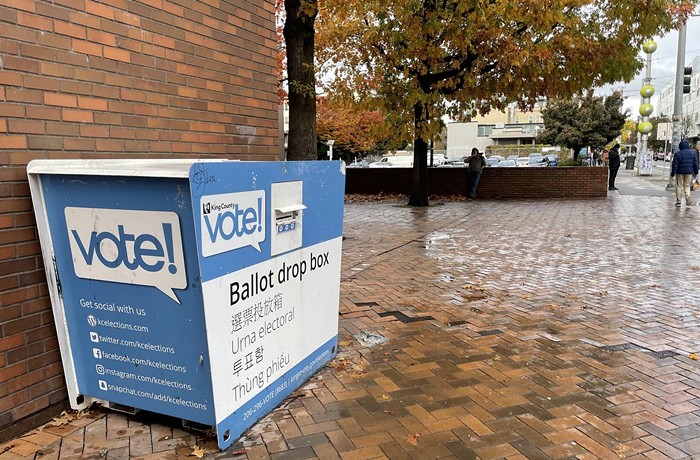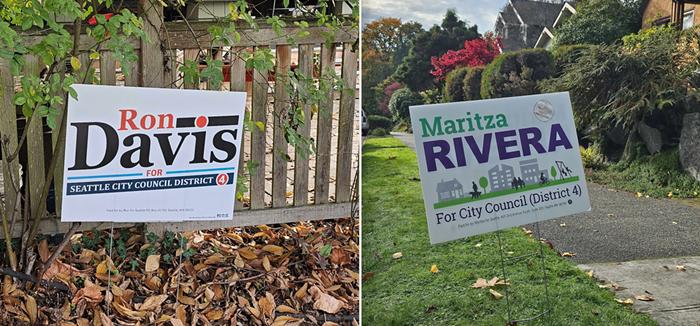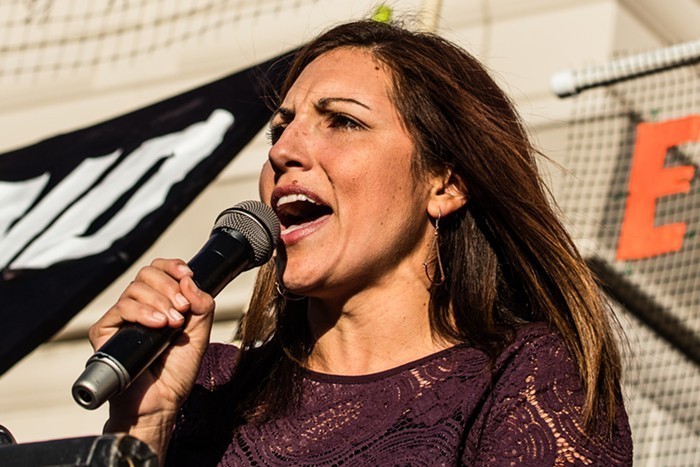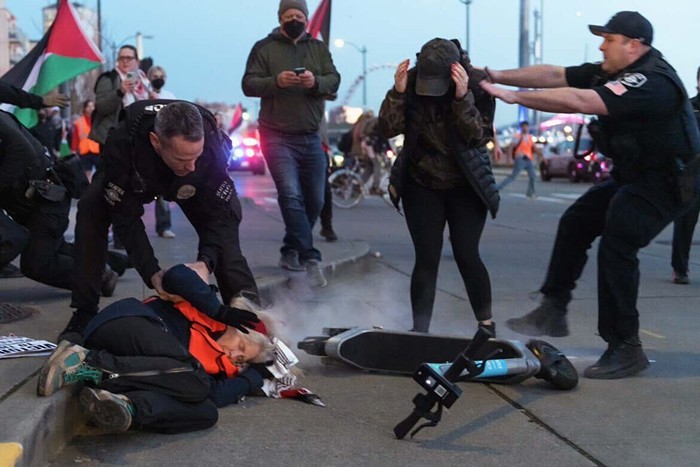
Kent police fatally shot 20-year-old Giovonn Joseph-McDade last Saturday after a car-chase in which Des Moines police say a suspect driver tried to "ram" his car into a police officer. Des Moines police, who are conducting the investigation into the police shooting, say that a Kent officer opened fire after the driver allegedly drove toward the officer as he began to approach the car.
Police say the driver died at the scene, and McDade's body was later identified by the King County Medical Examiner's office.
But in this case, we won't be able to rely on police video footage to see what happened. The Kent Police Department does not equip its officers with body-worn cameras or use cameras in its police cars, according to the records supervisor at the Des Moines police department.
According to a 2013 Bureau of Justice Statistics report, 68 percent of police departments used video cameras in patrol cars, up from 61 percent in 2007. In 2013, an estimated 32 percent of police departments also had some officers with body-worn cameras.
"There's a misconception that police departments are fully equipped with dashcams, but that's not the case," Liana Perez, director of operations at the National Association for the Civilian Oversight of Law Enforcement, says. "Nationally there has been a trend where more and more agencies are purchasing the technology. The drawback has been financial resources. But even some of the larger agencies don't have their cars equipped with dashcam."
Jack Ryan, co-director of the Indianapolis-based Legal & Liability Risk Management Institute for law enforcement training, says that dashcams aren't an industry standard. "I can tell you anecdotally from out there training on a weekly basis, I would say somewhere around half have dashcams and half don't."
Dashcams are costly, Ryan adds, and departments are often hamstrung by budgetary concerns. "I can tell you that the number of cases where it completely exonerates or finds the officer entirely at fault are few and far between because there are things that the camera doesn't catch," he says.
But Ryan does see that police departments are moving more quickly to body cams than anything else, given that they're not fixed (like dashcams) and pick up a wider view. "I think it's great to have some form of video documentation in these cases, with the qualifier that what the [dashcam] sees is often not what the police officer sees," he says.
Darryl Parker, a Seattle civil rights attorney and member of the National Police Accountability Project, says that in Washington, state patrol is often the only reliable source of dashcam footage.
"I think that you need both dashcams and body cams," Parker, who is not involved with the McDade case, adds. "To see what the officers are doing. If you shoot somebody, the only witness to the shooting is going to be the police officer. The person who was shot or killed doesn't give their side of the story. At least with dashcam you can have an independent eye in the sky."


















